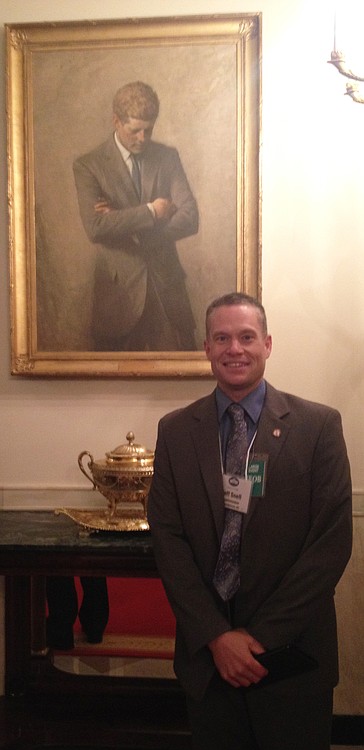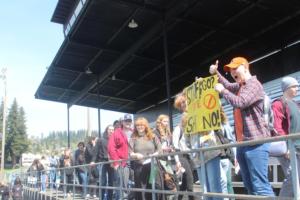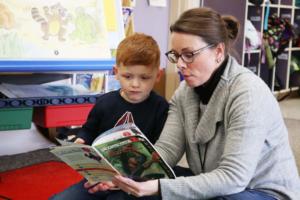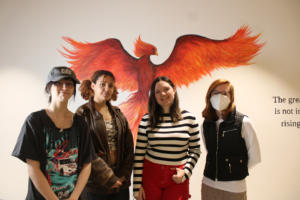When Jeff Snell heard President Barack Obama thank him and the staff for the work they were doing, the Camas School District deputy superintendent had one word to describe it: Surreal.
“It was a privilege to be with and learn from more than 100 educational leaders from across the country,” he said. “We are all working on similar challenges in our service to students and the opportunity to tap into their ideas and share was tremendous.”
Snell participated in Obama’s “ConnectED to the Future,” summit at the White House, which supports the transition to digital learning.
How Snell went from the administration offices at the CSD to the Oval Office began in the spring with a call from Arne Duncan, the federal Department of Education secretary.
“He called CHS teacher Mark Gardner’s classroom to congratulated Mark on his leadership and ask about some of the professional development programs we were utilizing,” Snell said. “From there, the Department of Education asked me to help plan the ConnectED Summit and asked the district to apply.”




